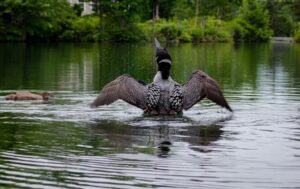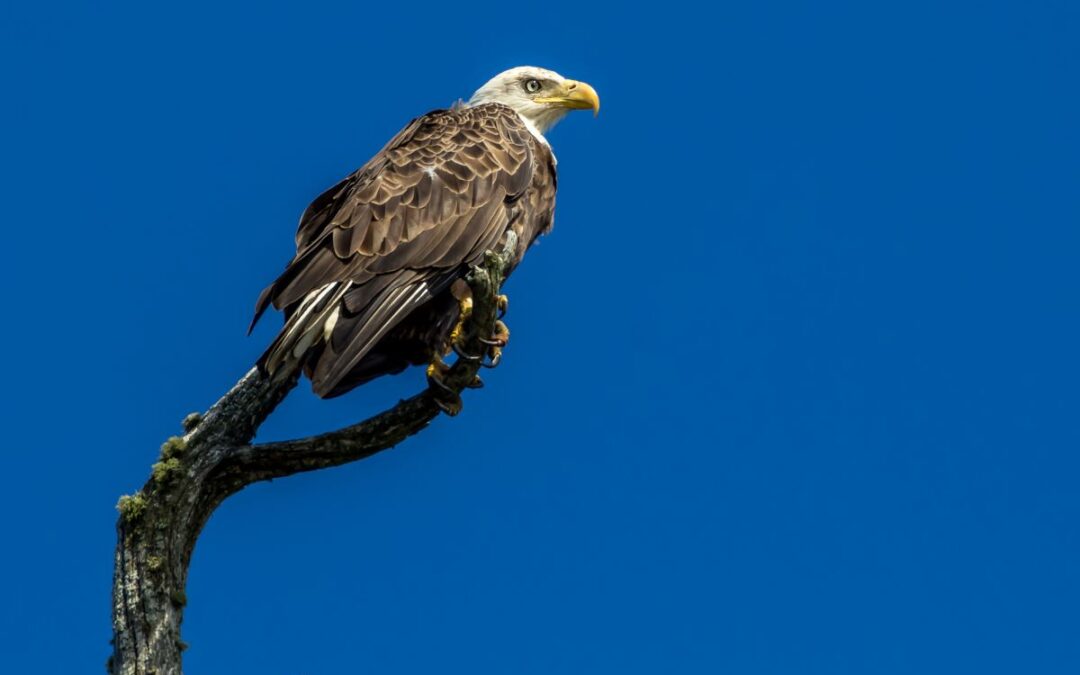Gardens and birds go hand in hand, so this National Garden Week we asked RGC members to share their Spark Birds. According to birdwatchinghq.com, “A Spark Bird is defined as the bird that helped spark your interest in birding. It helped open your eyes to the incredible beauty, mystery and excitement of birds and nature. It’s a pivotal moment where your world is changed, and there’s no way you are going back!
A Spark Bird can appear anywhere and be any species. For some, it’s an exotic hummingbird on a Caribbean vacation. For others, it’s a magnificent snowy owl that comes down from the Arctic during winter. For many, it’s a sparrow or songbird that has been ignored for years but finally makes a lasting impression. The stories range from the young to old, from oceans to mountains and from big cities to your bird feeder.”
Here’s what RGC members shared:
King: Not sure if it was really my spark bird because I began reading as a child about birds in the book I still have. But I was fascinated growing up with the mockingbird which would sing at night outside our room, and sing all kinds of songs.
Florence Anne: After thinking it over, my spark bird is the rose breasted grosbeak. One summer when I was 8 years old, our next door neighbors who were wildlife enthusiasts, spotted several in a tree by our yard. I was fascinated by the splash of dark pink on the males. They returned the next year, but then never again. But I never forgot that experience. Gardening has reignited my interest in birding. And I’m always on the lookout for my holy grail, the rose breasted grosbeak.
Donna R: I think my spark bird is the cardinal. My mother always loved them and pointed them out to me as a child. If we saw a male, we would look for the female mate. If we saw the female, we would look for the male. My last 2 homes have had big cedar trees in the yard or nearby and I’ve found that cardinals like to nest in them. It’s not unusual to see multiple pairs nesting in them during the early spring. To this day, I think of my mother whenever I see a cardinal!
Gretchen: This tough fellow (feature image) often lands on a tall tree that overlooks the cove we enjoy at our summer home in New Hampshire. He is one of the stately breed that we admire as a proud symbol of our country, the United States of America. During his summers by our lake he oversees the activity on the lake. He watches the local fishermen, my husband included, and admires their catch.
Additional ‘wild’ residents are a pair of Loons. These water fowl have been banded or tagged by the New Hampshire Loon Society. For this reason we know the male has been with us many years; his mate is a more recent resident who came from a nearby lake….seemingly after his first mate was lost. Each summer we have one or two chicks. As residents of the lake also, we all are fascinated by the chicks as they develop. And, we are not the only observers. The eagles keep a close eye on the chicks. Most of the time we end the summer with two chicks but not always. My husband was fishing from his canoe one evening with a chick in view. He heard the eagle swoop down and saw the chick disappear with him.
But that is nature…we love the frequent presence of the Eagle. And we all are Loon watchers ….enjoying the development of the new family and the haunting songs they give us each evening. As the summer passes we watch the babies develop and finally learn to fly. By October they are ready to leave for their winter on the ocean off the New England Coast. Or, it is possible they spend their winters in the north. Eagles and Loons may possibly stay in the north or migrate to the south.


